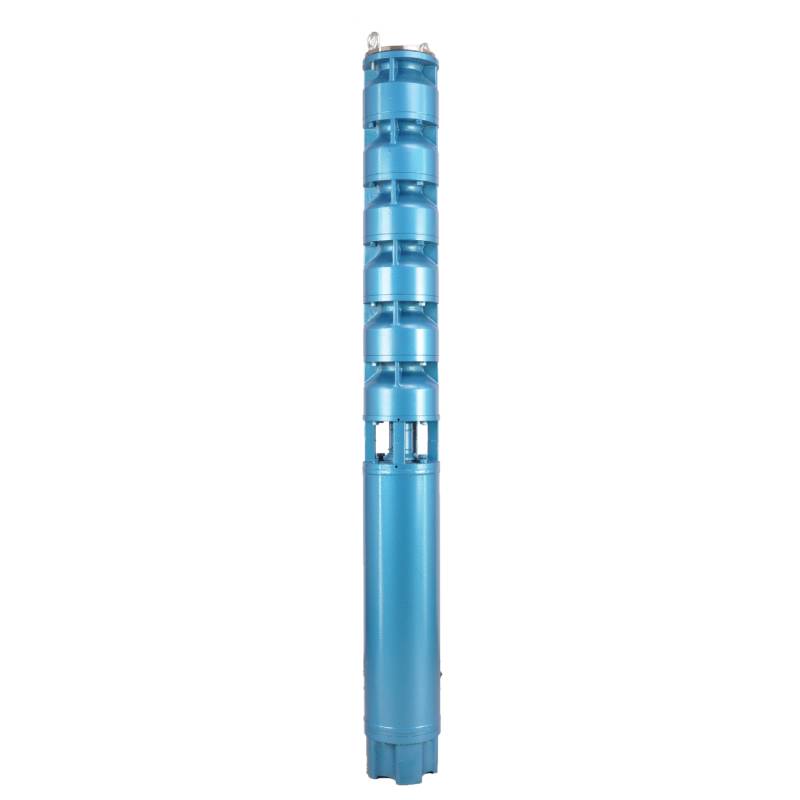Aug . 19, 2024 21:12 Back to list
Versatile Submersible Pumps for Efficient Utility Water Management Solutions
Understanding Submersible Utility Pumps A Comprehensive Guide
Submersible utility pumps are essential tools in various environments, particularly for residential, commercial, and industrial applications. These pumps are designed to operate while submerged in water, making them ideal for managing water in flooded areas, draining pools, or even maintaining fish tanks. In this article, we'll explore the functionalities, benefits, and applications of submersible utility pumps.
What is a Submersible Utility Pump?
A submersible utility pump is a type of electric pump housed in a sealed motor that allows it to be submerged in water while operating. Unlike standard pumps that require priming to lift water above ground level, submersible utility pumps push water to the surface through a discharge pipe. This unique design allows them to efficiently remove water from various locations.
Key Features
1. Compact Design Submersible utility pumps are usually compact and lightweight, allowing for easy transport and storage. Their streamlined design enables them to fit into tight spaces, making them suitable for a range of applications.
2. Versatility These pumps can handle various capacities and water types. Whether you're dealing with clean water, muddy water, or even slightly contaminated liquids, there is a suitable model available.
3. Automatic Operation Many submersible utility pumps come equipped with automatic on/off features controlled by a float switch. This allows for hands-free operation, making them incredibly convenient during heavy rain or in situations where water levels fluctuate frequently.
4. Durable Construction Most submersible pumps are made of robust materials resistant to corrosion and wear. This durability ensures a longer lifespan, even when used in challenging conditions.
Benefits of Using Submersible Utility Pumps
submersible utility pump

1. Efficiency in Water Removal Submersible utility pumps can remove large volumes of water quickly, making them ideal for flood situations or draining tasks. Their ability to pump water from below ground level is a significant advantage.
2. Energy Savings These pumps are often designed to be energy-efficient, consuming less electricity compared to some traditional pumps. As a result, they help reduce operational costs over time.
3. Reduced Noise Levels Because the motor is submerged, submersible utility pumps operate more quietly than surface pumps. This is particularly beneficial in residential settings where noise can be a concern.
4. User-Friendly Most models are easy to operate and require minimal maintenance. Users can connect the pump to a power source and start it up with ease, making them accessible for individuals without technical expertise.
Applications
Submersible utility pumps find applications in myriad settings, including
- Flood Control They are commonly used in residential basements during floods to remove excess water quickly and prevent damage. - Construction Sites These pumps help to dewater excavation sites, ensuring that work can proceed without interruptions caused by standing water. - Event Management Temporary installations for outdoor events often rely on these pumps to keep areas dry, particularly during the rainy season. - Aquatic Systems Submersible pumps are frequently used in pools, fountains, and aquariums to ensure water circulation and quality.
Conclusion
Submersible utility pumps are reliable and efficient devices that serve critical functions across various applications. Their versatility, ease of use, and effectiveness in water removal make them invaluable in both emergency situations and routine maintenance tasks. Whether you are a homeowner, contractor, or facility manager, understanding the benefits and features of submersible utility pumps can help you choose the right model for your specific needs, ensuring you are prepared for whatever water challenges may come your way.
-
Submersible Water Pump: The Efficient 'Power Pioneer' of the Underwater World
NewsJul.01,2025
-
Submersible Pond Pump: The Hidden Guardian of Water Landscape Ecology
NewsJul.01,2025
-
Stainless Well Pump: A Reliable and Durable Pumping Main Force
NewsJul.01,2025
-
Stainless Steel Submersible Pump: An Efficient and Versatile Tool for Underwater Operations
NewsJul.01,2025
-
Deep Well Submersible Pump: An Efficient 'Sucker' of Groundwater Sources
NewsJul.01,2025
-
Deep Water Well Pump: An Efficient 'Sucker' of Groundwater Sources
NewsJul.01,2025
-
 Submersible Water Pump: The Efficient 'Power Pioneer' of the Underwater WorldIn the field of hydraulic equipment, the Submersible Water Pump has become the core equipment for underwater operations and water resource transportation due to its unique design and excellent performance.Detail
Submersible Water Pump: The Efficient 'Power Pioneer' of the Underwater WorldIn the field of hydraulic equipment, the Submersible Water Pump has become the core equipment for underwater operations and water resource transportation due to its unique design and excellent performance.Detail -
 Submersible Pond Pump: The Hidden Guardian of Water Landscape EcologyIn courtyard landscapes, ecological ponds, and even small-scale water conservancy projects, there is a silent yet indispensable equipment - the Submersible Pond Pump.Detail
Submersible Pond Pump: The Hidden Guardian of Water Landscape EcologyIn courtyard landscapes, ecological ponds, and even small-scale water conservancy projects, there is a silent yet indispensable equipment - the Submersible Pond Pump.Detail -
 Stainless Well Pump: A Reliable and Durable Pumping Main ForceIn the field of water resource transportation, Stainless Well Pump has become the core equipment for various pumping scenarios with its excellent performance and reliable quality.Detail
Stainless Well Pump: A Reliable and Durable Pumping Main ForceIn the field of water resource transportation, Stainless Well Pump has become the core equipment for various pumping scenarios with its excellent performance and reliable quality.Detail
